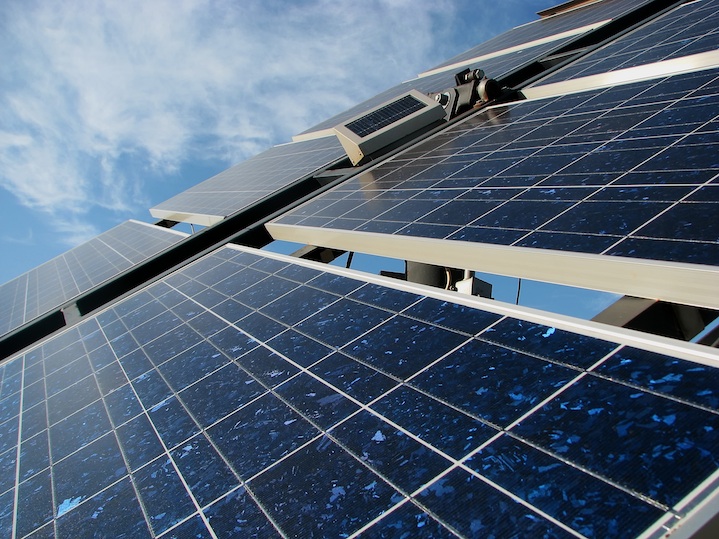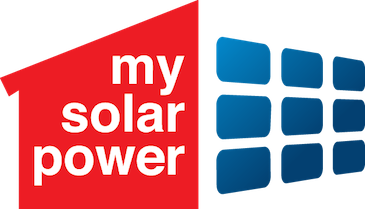What is a Solar Photovoltaic System? How does it work?
Photovoltaic (PV) technology utilises solar cells to convert sunlight directly into electricity. It is different from the solar thermal or solar water heating system which uses free heat from the sun to heat up water for domestic use.
The PV technology was first used to power space satellites, and also calculators and watches. The technology was later commercialised and has since been widely adopted in various applications and scales.

The Benefits of Installing Solar Photovoltaic System
SUSTAINABLE
The sun is a free and renewable resource, making solar photovoltaic a sustainable technology.
LOW MAINTENANCE
The PV system does not have moving mechanical parts, and the grid-connected PV system does not require batteries. The solar modules only need to be kept relatively clean for optimum performance.
GUARANTEED PERFORMANCE
The PV systems are designed to be durable. Most solar modules come with 25 years performance warranty. The inverter manufacturers usually offer 5 years warranty.
SECURES ELECTRICITY SUPPLY
With the solar PV power pool, the grid is less dependent on a single source of energy. This helps to secure domestic electricity supply.
EFFICIENT
The PV technology offers high yield performance and lossless export of your electricity output to the grid.
EASY & QUICK TO INSTALL
The PV system can be easily implemented. The installation of a 4kWp residential system typically takes 2 days with minimal access requirement to your premise interior.
21 YEARS PAYMENTS
Sell your electricity generated to the grid and get paid at a premium rate through the Feed-in Tariff scheme for 21 years.
REDUCES CARBON EMISSIONS
Unlike fossil fuel and other non-renewable energy, PV systems produce clean electricity without releasing harmful carbon dioxide.
GRID CONNECTED PV SYSTEM
What Does Grid Connected PV System Function ?
The diagram illustrates a typical setup of a Grid Connected Photovoltaic (PV) System. The term ‘Grid Connected’ pertains to a PV System that is connected and feeds electricity back directly to a large grid, for example, the local utility company or the national grid (Grid) that provides electricity to consumers.

There are 3 main components to this system and these are
Solar Panel
The solar panel is the apparatus that harvests the sunlight and converts it into electricity. The electricity produced by these panels are ‘Direct Current’ (DC) power.
Solar Inverter
This component is considered to be the brain of the entire system. Its main function is to convert DC into ‘Alternating Current’ (AC) power, which is the type of electricity used in appliances and supplied by the Grid. On top of that, the Solar Inverter is also able to log information such as System Performance (e.g. electricity produced by the system based on daily, monthly or yearly basis) as well as safety features to avoid electrical mishaps and damage to the appliances.
Electric (Export) Meter
In order to keep track of the electricity that is fed back into the Grid, an approved or commissioned electric meter is installed. This is necessary for the Feed-in Tariff incentive, which enables the owner of the PV System to sell back the renewable energy to the Grid.
